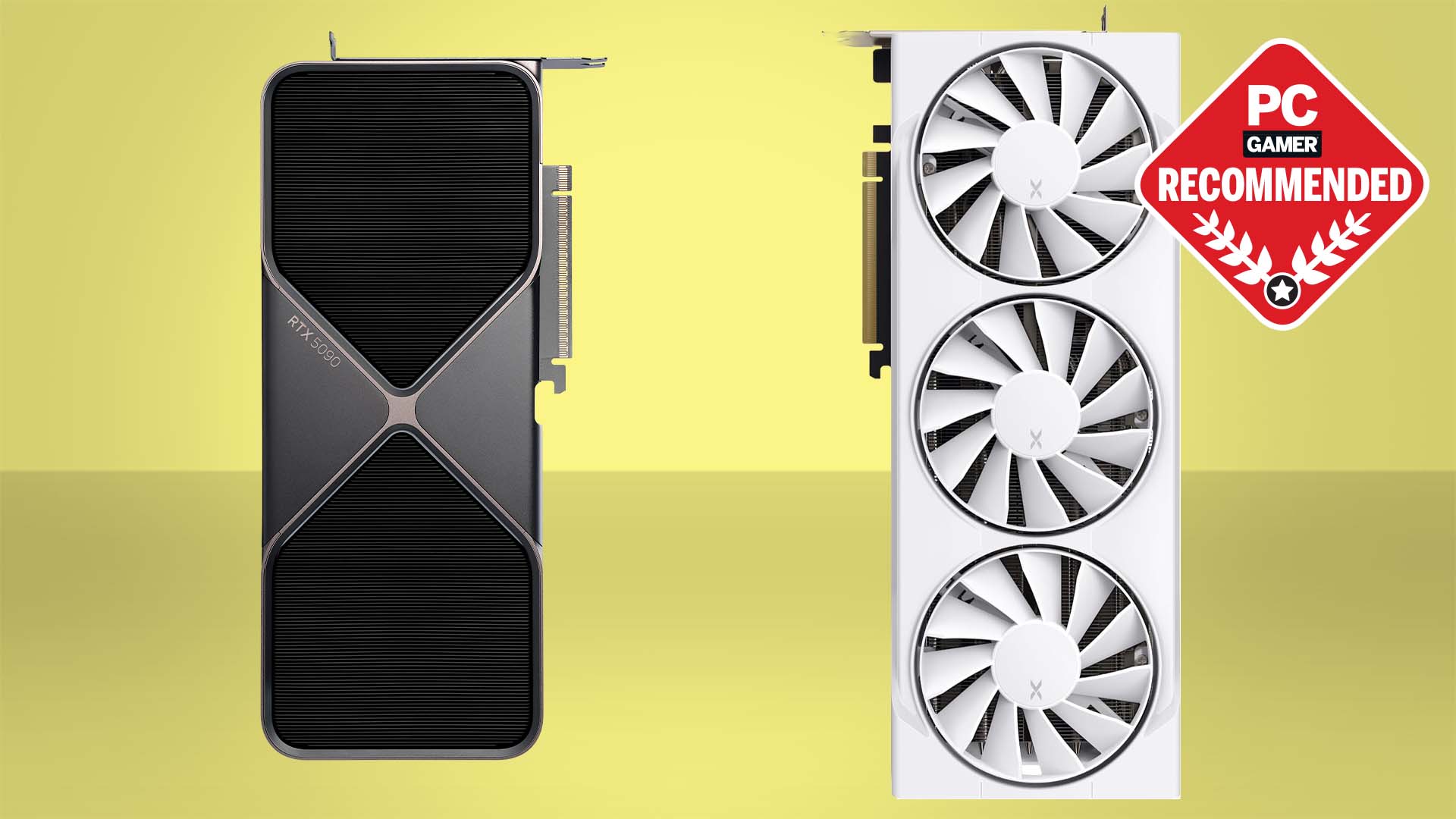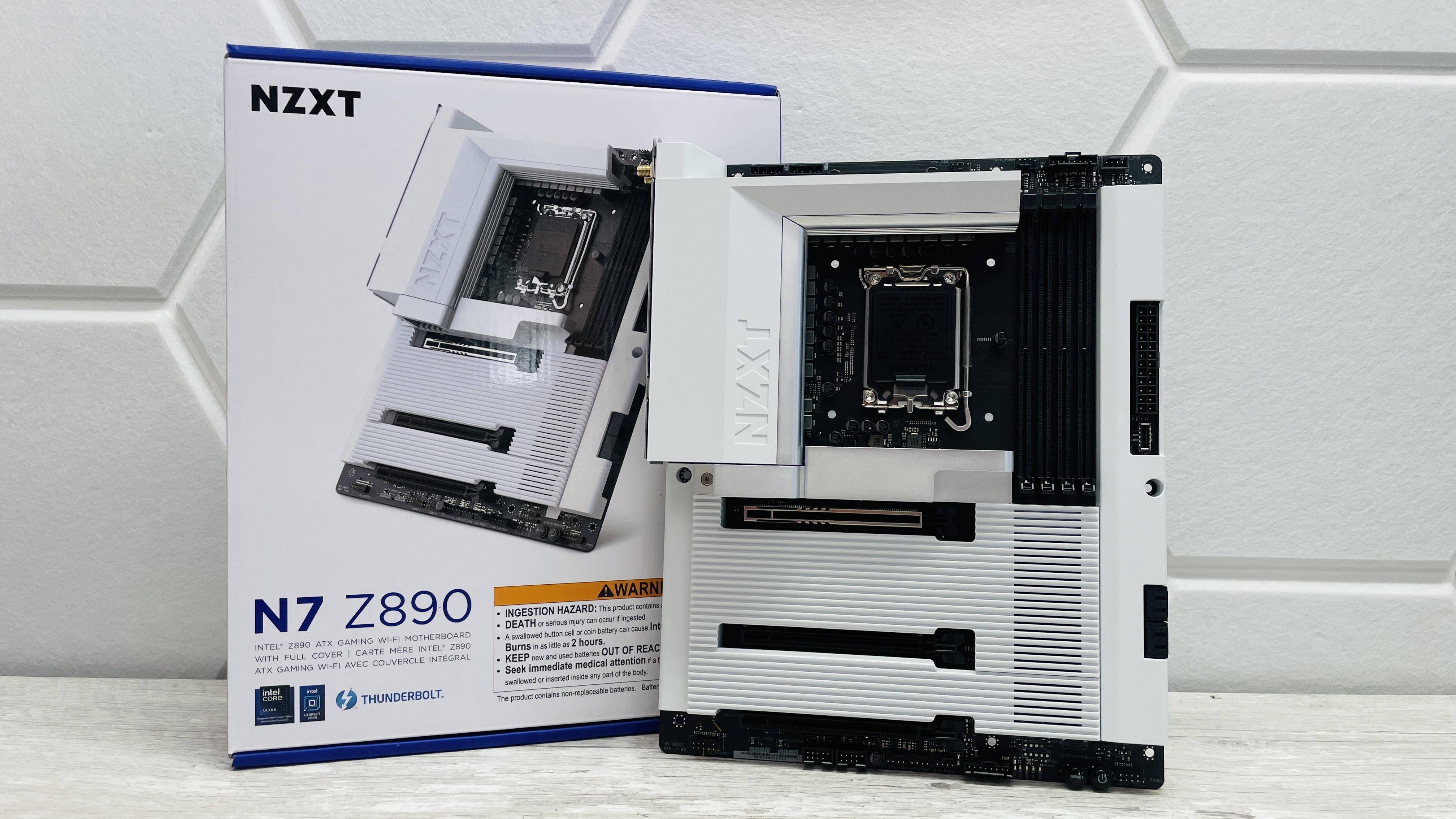Intel's next-gen Battlemage GPU could take the fight to Nvidia's RTX 4080 after all
Big Battlemage is, well, big!
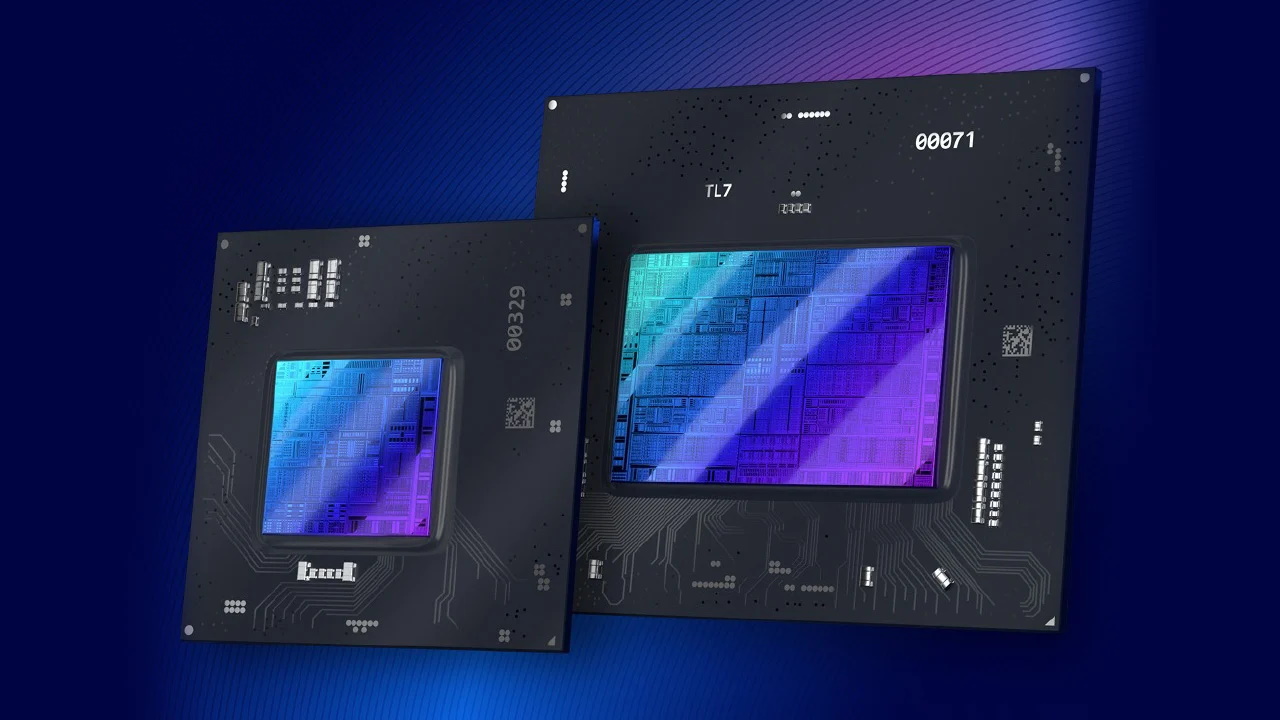
Remember that rumour Intel was scaling back on its plans for its next-gen Battlemage graphics architecture we reported last month? At the time we said something about it didn't square up. But now there's new, arguably more substantial, information that implies Intel hasn't reduced its ambitions for Battlemage at all. Intel's next Arc GPU could still be targeting performance up to Nvidia RTX 4080 levels.
Battlemage, of course, is the follow up to the Alchemist GPU architecture in Intel's current Arc GPUs including the A770 and A750. It's generally expected to appear next year. The precise timings aren't clear, but obviously the sooner the better for both gamers and Intel itself.
Anyway, the new data dump as communicated by Tom's Hardware and originally unearthed by Twitter user Harukaze5719 involves the test tools Intel supplies for partners preparing to produce graphics cards based on its upcoming GPUs. To cut a long story short, it's an interposer that's related to the chip package mounting on the graphics card PCB.
And here's the thing. The interposer for the high performance Battlemage GPU is larger than the equivalent for Alchemist. Now, this doesn't say anything directly about the die size of the highest performance Battlemage GPU. But it does strongly imply that it's a pretty decent size.
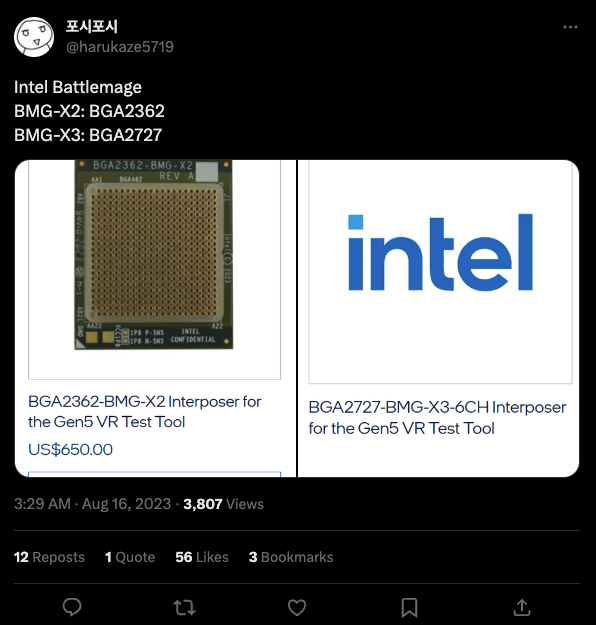
Moreover, the interposer for the lower performing of the two upcoming Battlemage dies is much smaller. Because the chip package is smaller and so will be the die size of a lower performing GPU.
The larger Battlemage interposer is only slightly bigger than big Alchemists. 2.5 per cent larger, apparently. Intel has also said that Battlemage will be built on TSMC's N4 process, which is effectively the same as Nvidia has used on its RTX 40-series cards. And when you take all that information together, it implies very hopeful things about Battlemage.
That's because the current big Alchemist GPU clocks in at 406mm² and 22 billion transistors. It's not possible to say for sure how big Battlemage will be based on the interposer size. But the fact that it's slightly bigger than Alchemists strongly implies that it will at least be a chip on a similar scale even if it isn't actually larger.
Keep up to date with the most important stories and the best deals, as picked by the PC Gamer team.
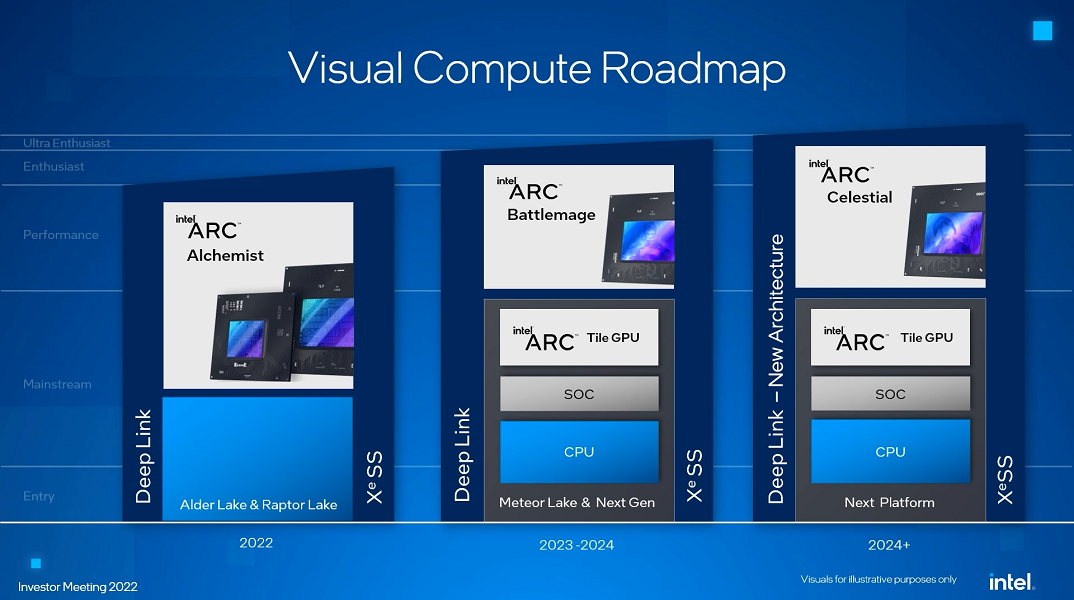
Alchemist is built on TSMC's N6 process. So an N4 chip of a similar physical size will contain far more transistors. For context, Nvidia's AD103 GPU as used in the RTX 4080 is 379mm² and contains 46 billion transistors.
The point is that if the big Battlemage GPU is physically about the same size as the big Alchemist GPU, it will contain roughly 50 billion transistors and be comparable with an RTX 4080 for sheer complexity.
That doesn't guarantee it will match an RTX 4080 for actual gaming performance. After all, big Alchemist is roughly on par with the RTX 3070 Ti's GA104 GPU for size and complexity but can't match its performance.
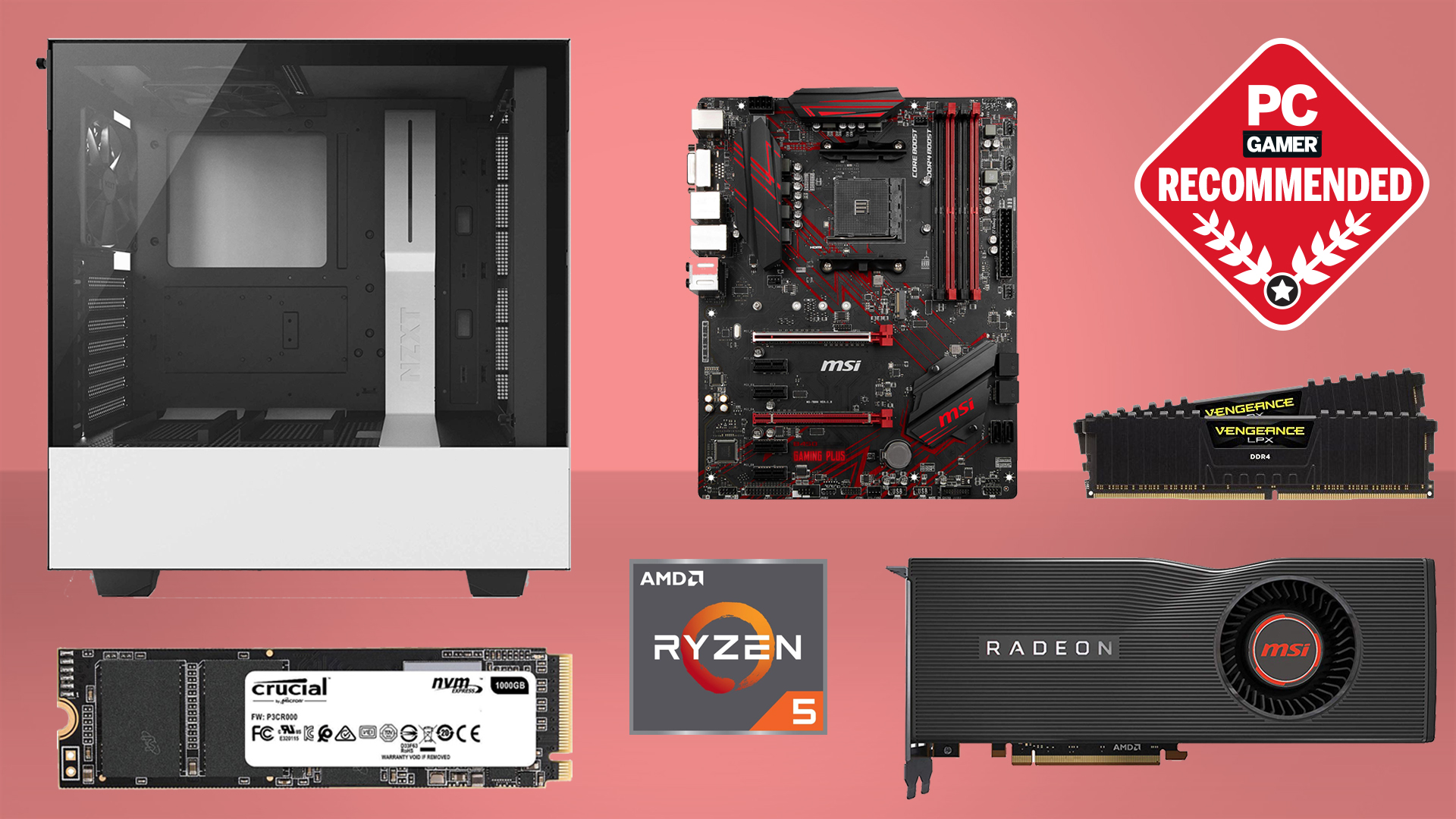
Best CPU for gaming: The top chips from Intel and AMD
Best gaming motherboard: The right boards
Best graphics card: Your perfect pixel-pusher awaits
Best SSD for gaming: Get into the game ahead of the rest
But this information about Battlemage definitely does imply Intel has not scaled back its ambitions. If anything, on die size and complexity, it looks to be positioned a little higher versus Nvidia GPUs than Alchemist.
We'll only know for sure when Battlemage finally arrives next year. But, Lordy, are we hoping that it can indeed get close to the RTX 4080 for performance. That would be such an enormous boost for the GPU market as a whole.
It might also be particularly important if rumours that AMD, in turn, is scaling back its plans for its own next-gen RDNA 4 graphics architecture—if those rumours are true, which is impossible to say for now.

Jeremy has been writing about technology and PCs since the 90nm Netburst era (Google it!) and enjoys nothing more than a serious dissertation on the finer points of monitor input lag and overshoot followed by a forensic examination of advanced lithography. Or maybe he just likes machines that go “ping!” He also has a thing for tennis and cars.
